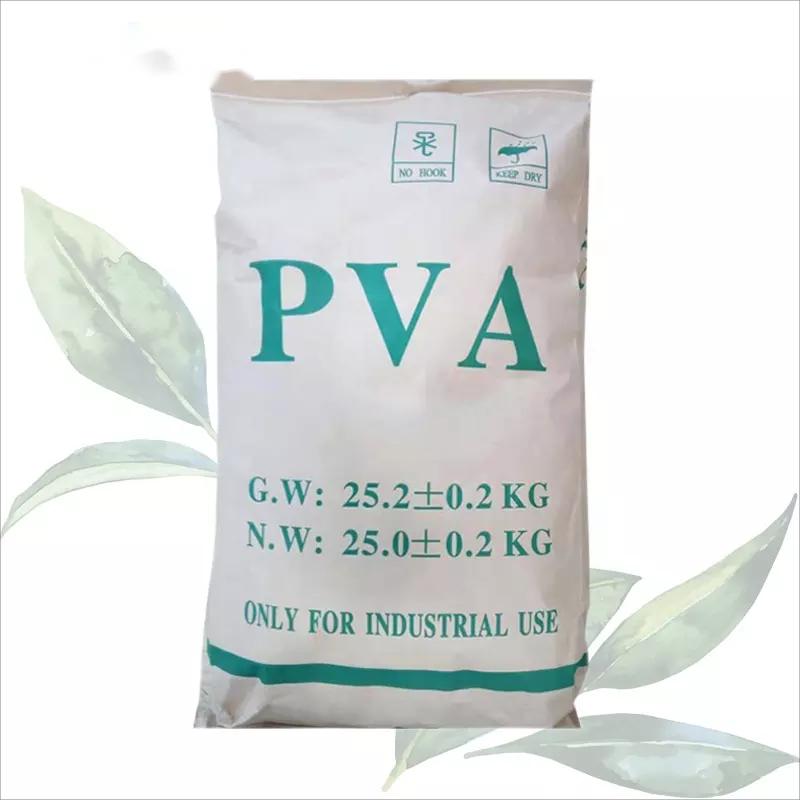The Role of Cellulose in Paints A Sustainable Approach to Coatings
In recent years, the paint industry has witnessed a growing trend toward environmentally friendly and sustainable materials. One such component gaining attention is cellulose, a natural polymer derived from plant cell walls. Cellulose has significant applications in various sectors, including architecture, automotive, and consumer goods. This article explores the role of cellulose in paints, highlighting its benefits and the potential for a greener future in coatings.
Cellulose is one of the most abundant organic polymers on Earth, primarily sourced from wood, cotton, and various plant materials. Due to its biodegradable and renewable characteristics, cellulose presents an attractive alternative to synthetic resins commonly used in paint formulations. As environmental concerns rise, the incorporation of cellulose into paints aligns with the growing demand for sustainable products.
The Role of Cellulose in Paints A Sustainable Approach to Coatings
Furthermore, cellulose improves the film-forming properties of paints. When painted onto a surface, cellulose forms a continuous and cohesive film that enhances the durability and resistance of the paint. This film provides protective characteristics, reducing the likelihood of peeling or flaking over time. Consequently, cellulose-based paints can contribute to longer-lasting finishes, decreasing the need for frequent repainting and thereby reducing waste.
cellulose for paints

From an environmental perspective, incorporating cellulose in paint formulations promotes sustainability. Traditional paints often contain volatile organic compounds (VOCs), which can emit harmful pollutants into the atmosphere. In contrast, cellulose-based paints can be formulated to have lower VOC levels, making them a safer alternative for consumers and reducing the overall environmental impact. The use of cellulose aligns with green chemistry principles, seeking ways to minimize harmful substances while maximizing resource efficiency.
Moreover, cellulose can contribute to the aesthetic qualities of paints. It can act as a natural pigment binder, allowing manufacturers to create vibrant, rich colors without relying on synthetic additives. This not only enhances the visual appeal of cellulose-based paints but also supports the trend towards natural colorants, appealing to environmentally conscious consumers.
The growing interest in bio-based materials has spurred research into the development of innovative cellulose formulations for paints. As manufacturers continue to explore the potential applications of cellulose, new solutions may emerge that blend aesthetics, performance, and sustainability.
In conclusion, cellulose offers a promising avenue for the paint industry towards more sustainable practices. Its natural properties enhance paint performance while minimizing environmental impact. As consumer preferences shift toward greener products, cellulose-based paints exemplify how traditional materials can be reimagined to meet modern needs. Embracing cellulose could significantly transform the paint industry, aligning it with the goals of sustainability and environmental stewardship, thereby paving the way for a brighter, more sustainable future in coatings.
-
The Application and Significance of Construction RdpNewsMay.19,2025
-
Industrial Grade HpmcNewsMay.19,2025
-
Building Coating Adhesive Building Coating Adhesive HpmcNewsMay.19,2025
-
Application Of Hpmc For Detergent For Detergent In DetergentsNewsMay.19,2025
-
Application Of Hpmc Cellulose In Cement-Based MaterialsNewsMay.19,2025
-
Application Of High Quality Hpmc For Construction In The Field Of ConstructionNewsMay.19,2025




